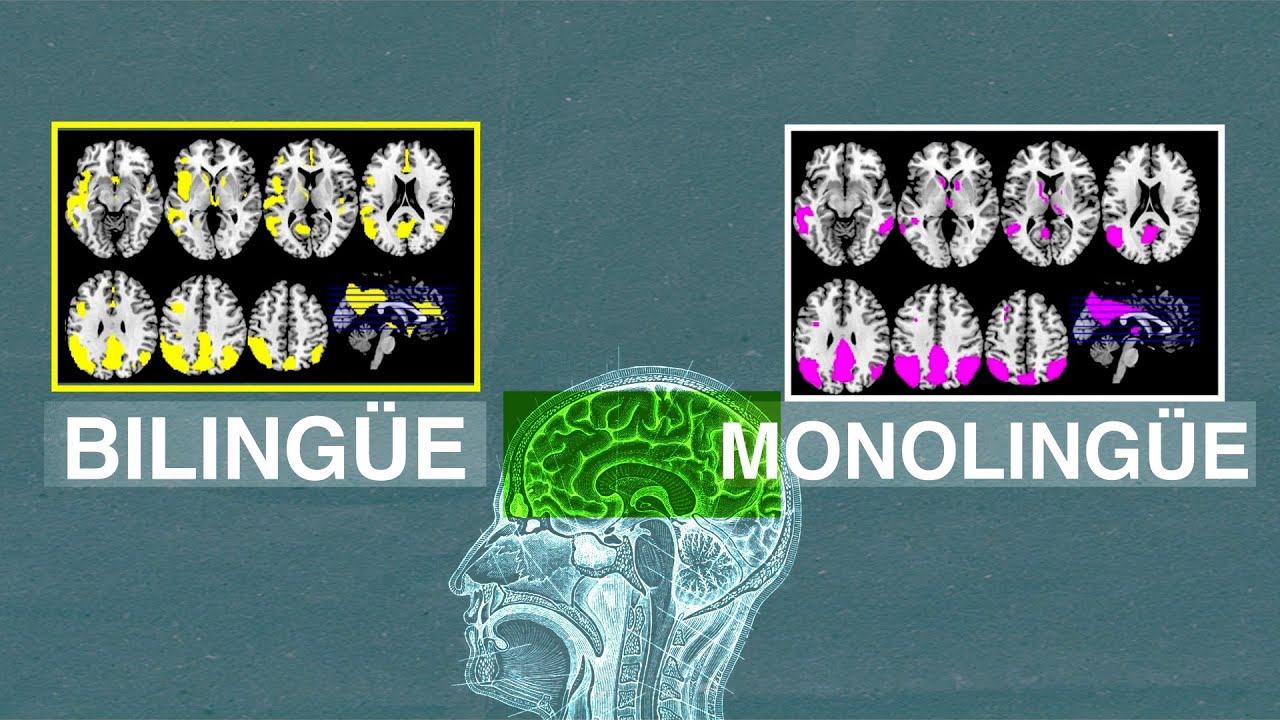TYP112 - Language Contact
Summary
TLDRThis lecture explores the fascinating dynamics of language contact, highlighting how languages influence one another through borrowing, multilingualism, and the emergence of pidgins and creoles. It explains how borrowing enriches languages, exemplified by the influx of French terms into English during the Middle Ages. The transcript delves into calquing and the formation of distinct language varieties, such as diglossia and trade languages. It emphasizes the development of creoles from pidgins, illustrating this with Jamaican Creole. Ultimately, it reveals that linguistic evolution is driven by speakers' interactions and attitudes, encouraging further exploration of language diversity.
Takeaways
- 😀 Language contact leads to linguistic diversity through borrowing, multilingualism, and the development of pidgins and creoles.
- 😀 Borrowing occurs when languages take words and other linguistic elements from each other, creating a shared vocabulary.
- 😀 The term 'borrowing' is somewhat misleading, as neither the donor nor the recipient language relinquishes anything permanently.
- 😀 Examples of borrowing are prominent in English, particularly from French during the Middle English period.
- 😀 Calques involve translating foreign words into native morphemes, such as the German 'Schwarzmarkt' becoming 'black market' in English.
- 😀 Combining forms from languages like Greek and Latin are extensively used in English to create scientific and technical terminology.
- 😀 Multilingualism can lead to code-switching and diglossia, where different languages or dialects are used in varying social contexts.
- 😀 A lingua franca serves as a bridge language between speakers of different native tongues, often simplifying the original language.
- 😀 Pidgins can evolve into creoles when they become the first language of a community, often becoming more complex over time.
- 😀 The post-creole continuum illustrates the relationship between a creole language and its source language, with varying degrees of similarity.
Q & A
What is linguistic borrowing?
-Linguistic borrowing is the process by which one language adopts words or other linguistic elements from another language. This can include vocabulary, sounds, and syntactic structures.
Can you provide an example of borrowing from the Middle English period?
-During the Middle English period (1100-1500), numerous French words entered the English language, particularly in areas like titles, religion, science, and food.
Why is the term 'borrowing' considered somewhat misleading?
-The term 'borrowing' is misleading because neither the donor language loses the borrowed word nor does the recipient language intend to return it; a more accurate term would be 'copying'.
What are calques in the context of language contact?
-Calques, or semantic loans, are new words or phrases formed by translating the components of a foreign word into the recipient language. An example is the German 'Schwarzmarkt' translated into English as 'black market'.
How does the process of borrowing vary between different types of words?
-Nouns are more frequently borrowed compared to other types of words like numerals, function words, or simple verbs, which occur less often in borrowing systems.
What is the significance of combining forms in English?
-Combining forms, derived from other languages such as Greek and Latin, serve as building blocks for creating new scientific and technical terms in English, exemplified by prefixes like 'mega' in words like 'megastar'.
What is diglossia?
-Diglossia is a linguistic situation where two distinct languages or language varieties are used within the same community, often with one used in formal contexts and the other in informal settings.
What are pidgins and how do they differ from creoles?
-Pidgins are simplified languages that arise for communication between speakers of different languages, typically in trade. Creoles develop when a pidgin becomes the first language of a community and increases in complexity.
What is the post-creole continuum?
-The post-creole continuum describes the range of language varieties that exist between a creole language and its source languages, showing varying degrees of similarity to the superstrate language.
How was Jamaican Creole demonstrated in the lecture?
-The lecturer presented versions of the fable 'The North Wind and the Sun' in Jamaican Creole, illustrating differences along the post-creole continuum, including examples of basilect and mesolect forms.
Outlines

このセクションは有料ユーザー限定です。 アクセスするには、アップグレードをお願いします。
今すぐアップグレードMindmap

このセクションは有料ユーザー限定です。 アクセスするには、アップグレードをお願いします。
今すぐアップグレードKeywords

このセクションは有料ユーザー限定です。 アクセスするには、アップグレードをお願いします。
今すぐアップグレードHighlights

このセクションは有料ユーザー限定です。 アクセスするには、アップグレードをお願いします。
今すぐアップグレードTranscripts

このセクションは有料ユーザー限定です。 アクセスするには、アップグレードをお願いします。
今すぐアップグレード5.0 / 5 (0 votes)






